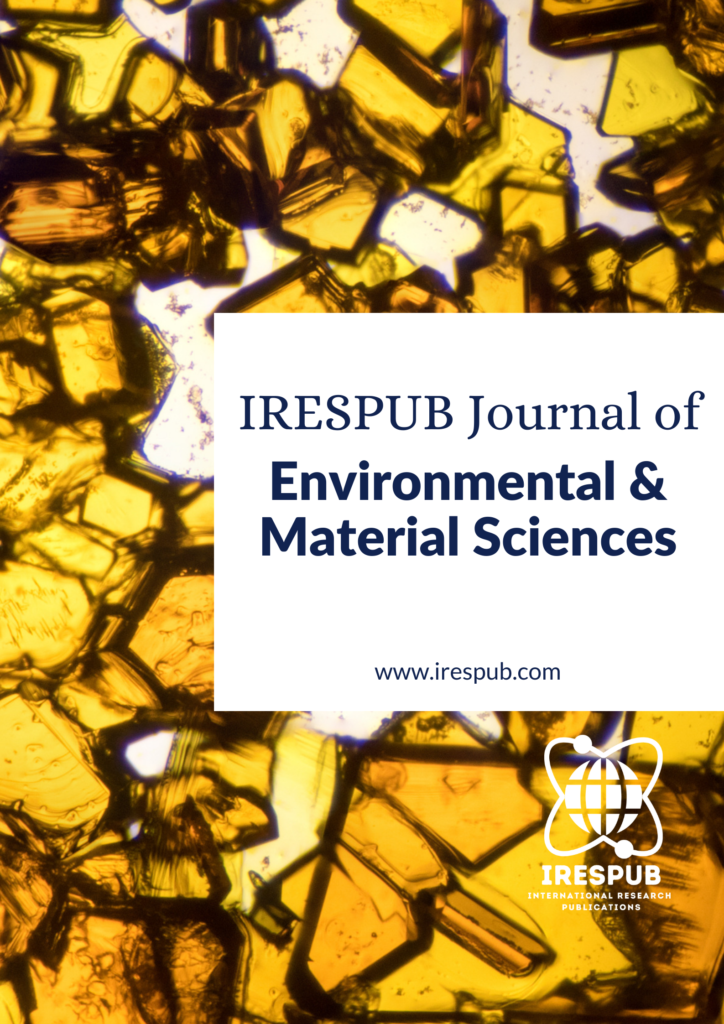
Year Launched: 2021
Journal Menu
- Scope & Research Areas
- Instructions for Authors
- Article Processing Charge
Journal List
- Natural & Applied Sciences
- Life Sciences
- Business Management
- Education & Literature
- Humanities & Cultural Studies
- Medical & Dental Sciences
- Engineering & Computer Sciences
- Agriculture, Food & Nutrition
- Environmental & Material Sciences
- Wellness & Lifestyle Management
- Arts & Ideas
- Law, Policy & Religion
Assessing Climate Variability and Its Impacts on Selected Forest Ecosystems in Taraba State: Insights from the Mann-Kendall Trend Analysis of Rainfall and Temperature
Volume 3, Issue 3, May-Jun 2024 | Page 1-7 | PDF (898 KB) | Pub. Date: June 2, 2024
Author(s)
Emmanuel Bulus1, Bulus Luka Gadiga2, Yohanna Peter2, Philemon Headboy2, and Hyellamada Samuel Jerry2; 1National Boundary Commission (NBC) No. 54, Aguyi Ironsi Street, Maitama Abuja, Nigeria; 2Department of Geography, Adamawa State University, Mubi
Abstract
This study examines climate variability and its effects on selected forest ecosystems in Taraba State, Nigeria, using Mann-Kendall trend analysis of rainfall and temperature data from 1991 to 2021. Climatic variables, including average monthly rainfall and mean minimum and maximum temperatures, were sourced from the Upper Benue River Basin Development Authority. The Mann-Kendall test was applied to assess trends, revealing slight upward trends in annual rainfall and maximum temperatures, and a subtle downward trend in minimum temperatures, although none were statistically significant. Hypothesis testing was conducted, with results suggesting no significant long-term trends in annual rainfall, maximum temperatures, or minimum temperatures over the study period. Specifically, for annual rainfall, the Mann-Kendall slope was 0.03 with a p-value of 0.96, indicating no significant trend. Similarly, for minimum and maximum temperatures, the Mann-Kendall slopes were -0.01 and 0.01, respectively, with p-values of 0.99, indicating no significant trends. It was recommended that strengthening monitoring efforts to track long-term climate trends accurately, utilizing advanced statistical techniques to discern meaningful patterns from natural variability among other recommendations.
Keywords
climate variability; Mann Kendall test; rainfall trends; temperature trends; forest ecosystems.
Cite this paper
Bulus, E., Gadiga, B. L., Peter, Y., Headboy, P., Jerry, H. S. (2024), Assessing Climate Variability and Its Impacts on Selected Forest Ecosystems in Taraba State: Insights from the Mann-Kendall Trend Analysis of Rainfall and Temperature, IRESPUB Journal of Environmental & Material Sciences. Volume 3, Issue 3, May – Jun 2024, Page 8-16
References
[1] Adebayo, A. A., & Orunoye, O. A. (2013). Rainfall variability and trends in Taraba State, Nigeria. Journal of Geography and Environmental Planning, 2(1), 1-14.
[2] Anderegg, W. R. L., Konings, A. G., Trugman, A. T., Shaw, J. D., Anderegg, L. D. L., Field, C. B., … & Pacala, S. W. (2022). Climate change is already driving widespread tree mortality across the globe. Nature, 604(7905), 348-353.
[3] Burn, D. H., & Elnur, M. A. (2002). Detection of hydrologic trends and variability. Journal of Hydrologic Engineering, 7(1), 223-234.
[4] Danladi, M. U., Ologunorisa, T. E., & Olorunfemi, J. O. (2017). Spatial distribution of rainfall in Taraba State, Nigeria: A geospatial approach. International Journal of Scientific Research in Environmental Sciences, 6(2), 61-70.
[5] Emeka, D. O., & Abbas, B. (2011). The geography of Taraba State, Nigeria. Australia: LAP LAMBERT Academic Publishing LTD.
[6] Feng, S., Hu, Q., Li, J., Zhao, H., & Gong, W. (2016). Characteristics and changes in hydrological and climatic variables in the Wei River Basin, China. Water Resources Management, 30(1), 195-210.
[7] Grzesica, D., & Więcek, M. (2016). Spectral analysis of time series related to air temperature and precipitation in Central and Eastern Europe. Theoretical and Applied Climatology, 128(3-4), 621-634.
[8]Hirsch, R. M., Slack, J. R., & Smith, R. A. (1982). A nonparametric test for trend detection. Water Resources Research, 18(2), 725-729.
[9] Ikusemoran, J. O., Ogunjobi, M. O., Amusan, K. A., & Owoeye, J. O. (2020). Climate change and rainfall variability in Taraba State, Nigeria: Implications for agriculture and food security. International Journal of Climate Change Strategies and Management, 12(3), 439-452.
[10] Intergovernmental Panel on Climate Change [IPCC]. (2007). Climate change 2007: Impacts, adaptation and vulnerability. Contribution of Working Group II to the Fourth Assessment Report of the Intergovernmental Panel on Climate Change (M. L. Parry, O. F. Canziani, J. P. Palutikof, P. J. van der Linden, & C. E. Hanson, Eds.). Cambridge University Press.
[11] Khalid, M. N., Shahid, S., Ismail, T., Kumari, R. R., bin Ahmad, S. H., & bin Mohd Yusof, M. S. (2009). Trend analysis of rainfall in Peninsular Malaysia. Water Resources Management, 23(14), 3169-3180.
[12] Klein Tank, A. M. G., Können, G. J., van der Landt, H., van den Brink, H. M. M., & van Oldenborgh, A. H. (2006). Daily surface temperature data for 149 land stations worldwide and its applicability for climate analysis. International Journal of Climatology, 26(3), 389-400.
[13] Kumar, V., & Gautam, A. K. (2014). Assessing spatial and temporal variability of rainfall and temperature in the Ganga River Basin. Meteorology and Atmospheric Physics, 126(1), 79-92.
[14] Kundzewicz, Z. W., & Robson, A. J. (2004. Change detection in hydrological records—a review of methods. Hydrological Sciences Journal, 49(1), 7.
[15]Longobardi, A., & Villani, V. (2010). Trend detection in annual and seasonal rainfall in Apulia (Southern Italy) during the 1921–2000 period. Climatic Change, 99(3), 621-631.
[16]Mahmood, R. (2017). Climate change scenario and its impacts on irrigation in Pakistan. Irrigation and Drainage, 66(3), 321-332.
[17] Mann, H. B., & Kendall, M. G. (1945). Statistical analysis of time series data. Journal of the Royal Statistical Society, Series B (Methodological), 2(2), 243-267.
[18] Modarres, R., & da Silva, V. P. P. (2007). Rainfall trends in arid and semi-arid regions of Iran. International Journal of Climatology, 27(14), 1640-1651.
[19] Montgomery, D. C., & Runger, G. C. (2011). Applied statistics and probability for engineers and scientists (5th ed.). John Wiley & Sons.
[20] Ouedraogo, S. A., Yamba, I. B., & Koulidiati, M. (2021). Rainfall variability and trends in Niger: A non-parametric approach. Theoretical and Applied Climatology, 144(3-4), 1381-1399. doi:10.1007/s00704-021-03623-y
[21] Pal, J., & Mishra, V. (2017). Trend analysis of rainfall and temperature data in Sone River Basin, India. Water Resources Management, 31(12), 3185-3202.
[22] Perkins-Kirkpatrick, S., & Lewis, S. C. (2021). Increasing trends in regional heatwave duration and intensity. Science, 374(6563), 561-565.
[23] Pohlert, P. C. (2017). The Mann-Kendall trend test: Methods, modifications, and applications. Hydrological Sciences Journal, 62(1), 1007-1020.
[24] Rustum, R., Moursy, H., & Ouarda, T. B. M. J. (2017). Detection of trends in observed climatic data using the Mann–Kendall test and its modifications. Hydrological Sciences Journal, 62(1), 993-1006.
[25]Sen, P. K. (1968). Estimates of the regression coefficient based on Kendall’s tau. Journal of the American Statistical Association, 63(324), 1379-1389.
[26] Sen, P. K. (1968). Estimates of the regression coefficient based on Kendall’s correlation coefficient. Biometrika, 55(3), 381-390.
[27] Soltani, M., Ostad-Ali, M. R., & Yadegari, M. R. (2006). **A stochastic time series model for seasonal forecasting of rainfall in Iran. International Journal of Climatology, 26(10), 1341-1350.
[28] Sunday, J. M., Bates, A. L., Kearney, M. R., Brown, E. A., Deutsch, C. A., Ferrer, J. P., … & Wright, P. M. (2014. Habitat conservation aligns with thermal tolerance in priority regions for global marine biodiversity conservation. PLoS One, 9(8), e105508.
[29] Zahid, M., & Rasul, G. (2011). Trend analysis of rainfall in Jhelum basin, Pakistan. Pakistan Journal of Meteorology & Geophysics, 47(3), 231-239.

